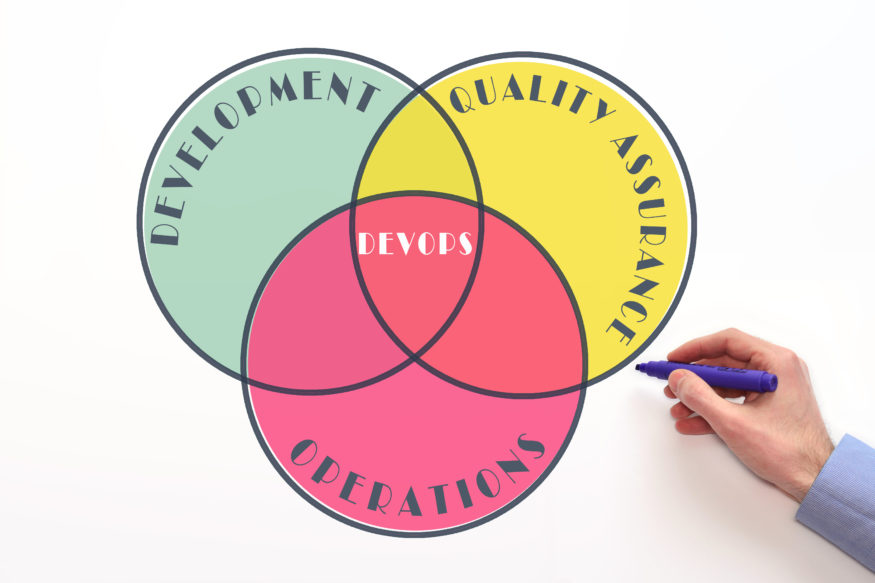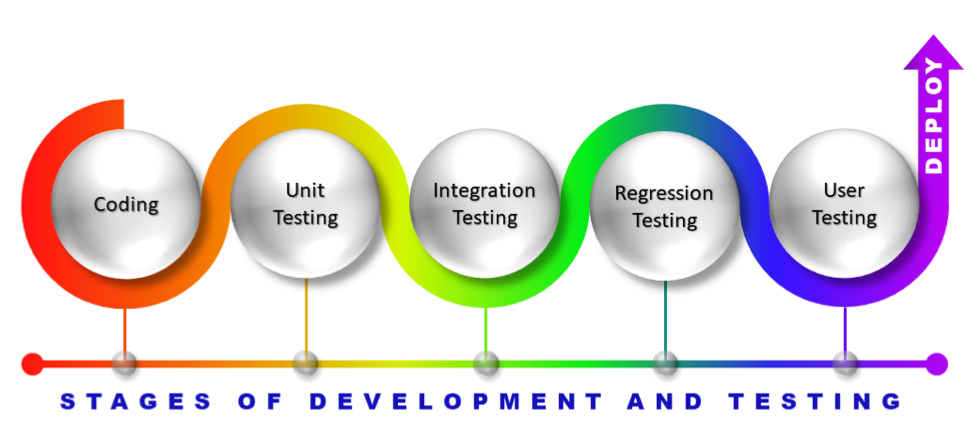Regardless of the product type and specifics, code changes inevitably accompany the software development process. New functionality is added; changes are made; bugs are fixed – all these may cause some problems in the product once been deployed to production. In this case, any changes may affect the already existing functionality that has previously worked properly. Verifying that the changes do not “break” the already working software is a regression testing task.
The goal of regression testing is to make sure that the existing functionality was not affected by changes made in the code. You can, of course, run regression tests manually or write a script that would automatically run tests and define system bugs, if any. As an alternative solution, you can also use ready-made solutions for css regression testing from Diffy. Thus, you will save time and optimize material resources intended for product support.
Regression Testing Use Example
Imagine that your team has developed a simple flashlight application. The app has only two functions: to turn on and turn off the flashlight. You test the functionality to ensure that these functions and the application as a whole work properly. The test result is positive, so you have nothing to worry about.
After some time, you decide to improve the application by adding the function of automatic turning on every time a user shakes the phone. New functionality added; another round of testing is being run. However, this time, you need to check not only the new functionality but also previously launched ones. It may happen that the code changes affect the solution as a whole. To avoid any system failures, it is necessary to run regression tests.
Key Benefits of Regression Testing
- With regular regression testing, you can reach a significant reduction in the number of issues and bugs in the system by the time of its release;
- You can eliminate the risks of system quality degradation due to the functionality change/ extension;
- You can significantly reduce the likelihood of critical errors in pilot production.
Main Steps of Running Regression Tests
- Verification tests – these include tests for checking bug fixing and tests for checking the integrity of the basic functionality in each new software version;
- Regression tests – checking the new version of the solution with a set of tests that were used when testing the previous version and did not reveal any errors and bugs;
- Regression of fixed bugs – checking previously detected and fixed bugs; this is necessary to avoid the appearance of such issues after the code is changed.
All in All
According to the World Quality Report, an average of 26% of the total IT budget of companies is spent on testing. And 40-70% of these costs go for regression testing. If you translate interest into real money, you will understand why regression testing deserves your attention and requires an elaborate strategy. Choosing the right approach will help to effectively detect all problem areas, eliminate them, ensure a high-quality software solution.



